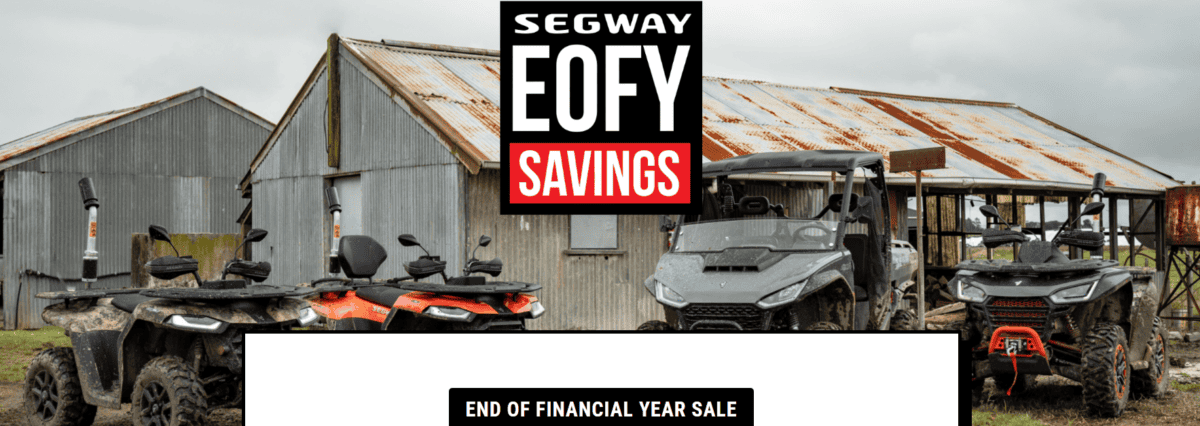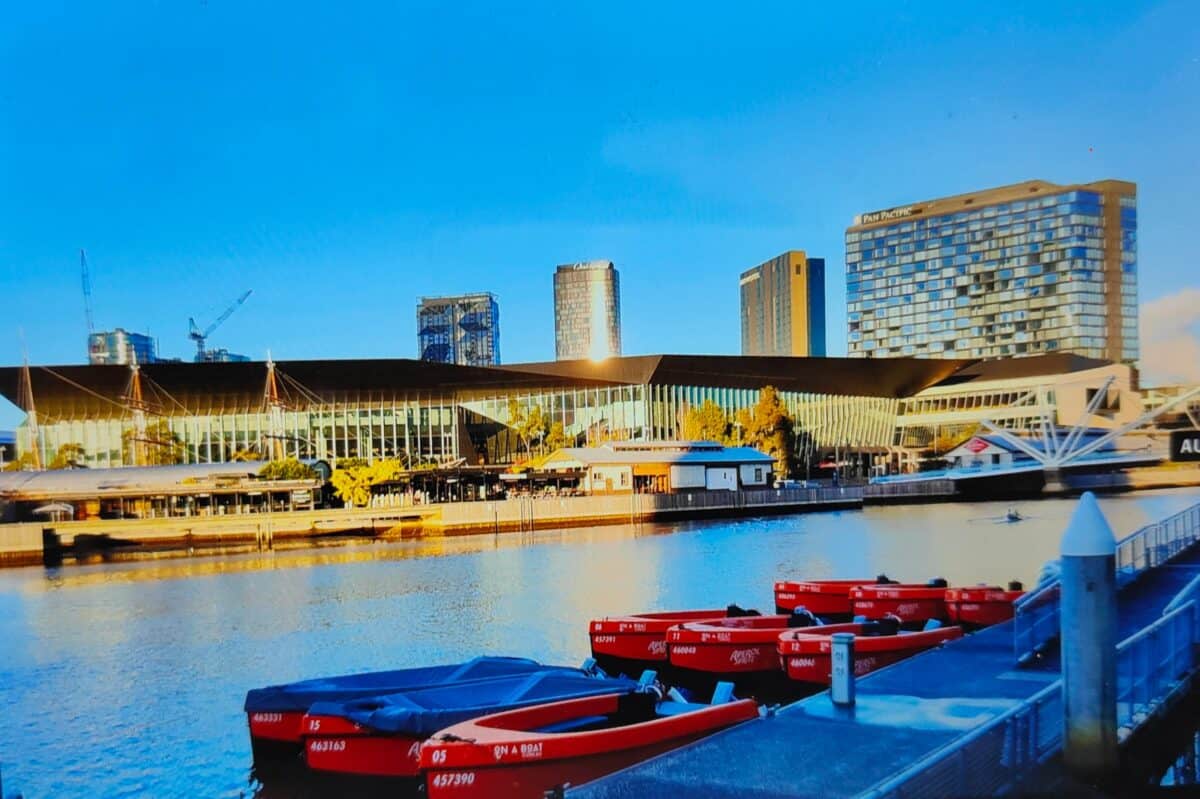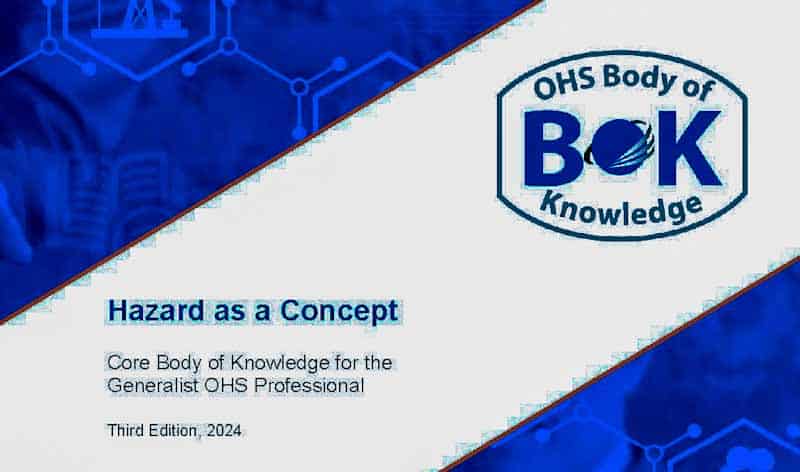It is reasonable to claim that the quad bike safety controversy has been resolved in Australia through the intervention of the Australian Competition and Consumer Commission (ACCC) and the imposition of a national safety standard. However, the occupational health and safety (OHS) message continues to be murkier than necessary when quad bikes are advertised in some of the agricultural media without critical safety devices.
Category: communication
Day One – more useful than not
A short report on Day One* of the Australian Institute of Health and Safety’s (AIHS) National Conference in Melbourne. Given a previous blog article asking for new thinking, new approaches etc. Has the Day One satisfied me? Selectively, Yes.
The keynote speaker, Richard De Crespigny had an extraordinary tale to tell about safely landing a heavily damaged passenger aircraft over a decade ago. Some delegates would have been familiar with De Crespigny’s presentation as many of his points had already been made in a recent article in the AIHS’ journal. More on his presentation in a future article.
We deserve new OHS ideas, research, initiatives, strategies, epiphanies and enlightenment
This week, the Australian Institute of Health and Safety (AIHS, formerly the Safety Institute of Australia) is hosting its national conference in Melbourne, Australia. The heyday of occupational health and safety (OHS) conferences seems to have passed in Australia as, perhaps, was confirmed by the varying responses to last year’s World Congress on Safety and Health at Work. But expectations for this week’s conference are high; at least mine are.
But are those expectations too high? There is a direct competitor for OHS ears and eyes (no matter the arguments) in the same building at the same time, the Workplace Health and Safety Show. The AIHS Conference needs to work hard to retain its prominence and, most importantly, its influence. It is worth reflecting on how this messy situation came about.
Hazard over Harm?
The Australian Institute of Health and Safety has been dropping new chapters of its Occupational Health and Safety (OHS) Body of Knowledge for many years. The latest revised chapter is titled “Hazard as a Concept“. This process is a good way of keeping some OHS information fresh, but it could be fresher and have a broader knowledge base or even greater engagement with OHS professionals.
Workplace deaths are convenient for no one
I don’t believe that International Workers Memorial Day (IWMD) or the World Day for Safety and Health at Work should be held on any day other than April 28 each year. I don’t think Christmas should be moved or ANZAC Day. All these days are of significant cultural importance in Australia, and each of these dates has been set for the last few decades in the case of IWMD and ANZAC Day, and centuries for Christmas. Commemorating International Workers’ Memorial Day on a different day places logistical reasons and convenience above the significance of the day and the message it gives to the community.
Continue reading “Workplace deaths are convenient for no one”Is HR the problem or the solution?
Occupational health and safety (OHS) professionals often report to the Human Resources (HR) manager. This makes sense to those who create organisational and reporting structures, but it also implies that OHS is a subset of HR and that worker health and safety is a subsidiary of personnel management. OHS and HR have a tense relationship in workplaces and professionally, but modern work presents hazards and injuries that need a coordinated response.
To reach that point of cooperation, understanding, mutual respect, and the sharing of power, we need to try to understand what HR does.
“If a tree falls in a forest and no one is around to hear it, does it make a sound?”
Victoria’s Sentencing Advisory Council is conducting a public inquiry into sentencing and penalties for breaches of occupational health and safety (OHS). Public hearings are continuing, and the inquiry is receiving some well-deserved media attention.
ABC’s The Law Report recently devoted an episode to Industrial Manslaughter laws and the sentencing inquiry. The IM section of the episode was very familiar, but the sentencing inquiry was intriguing.






